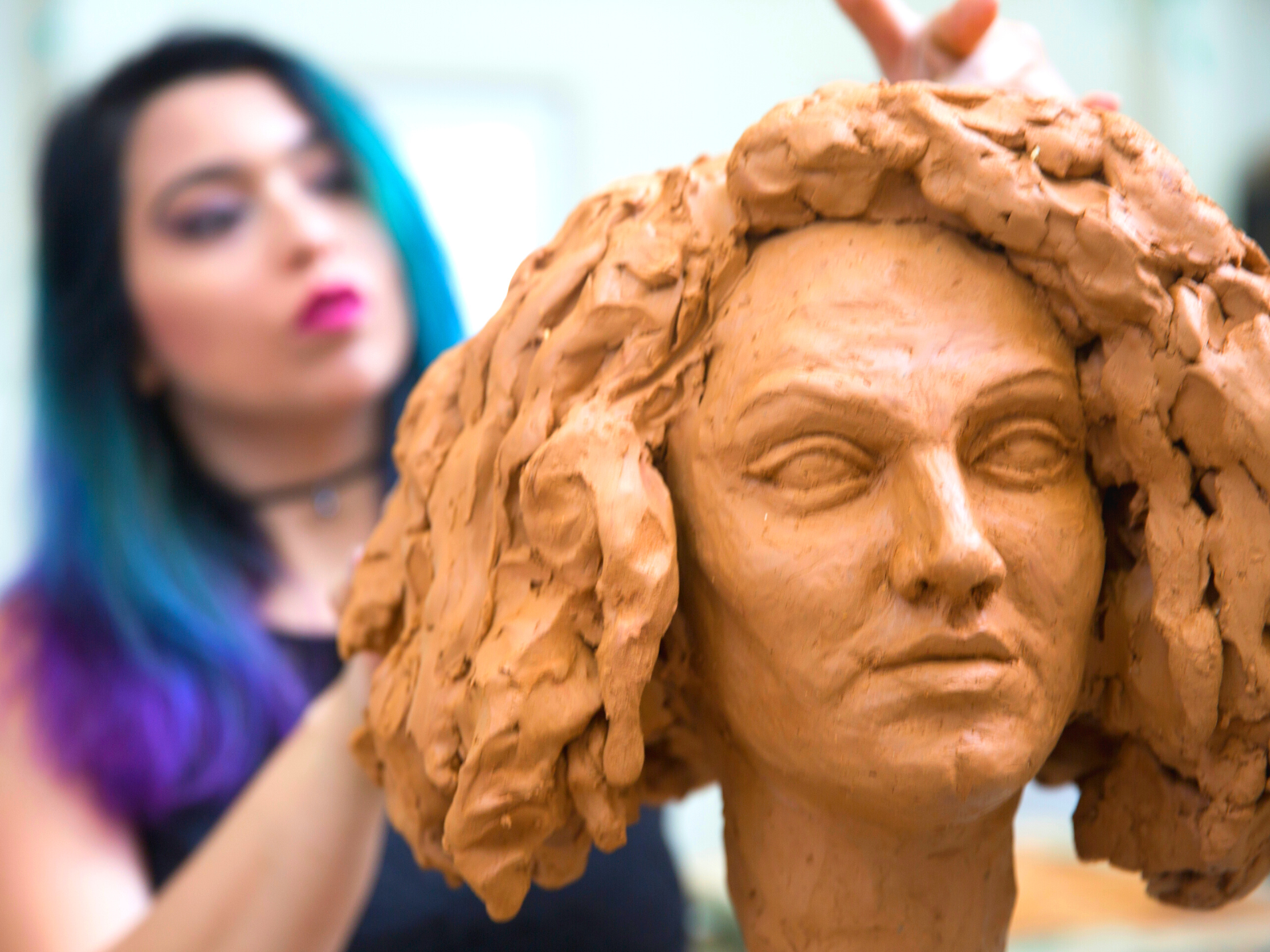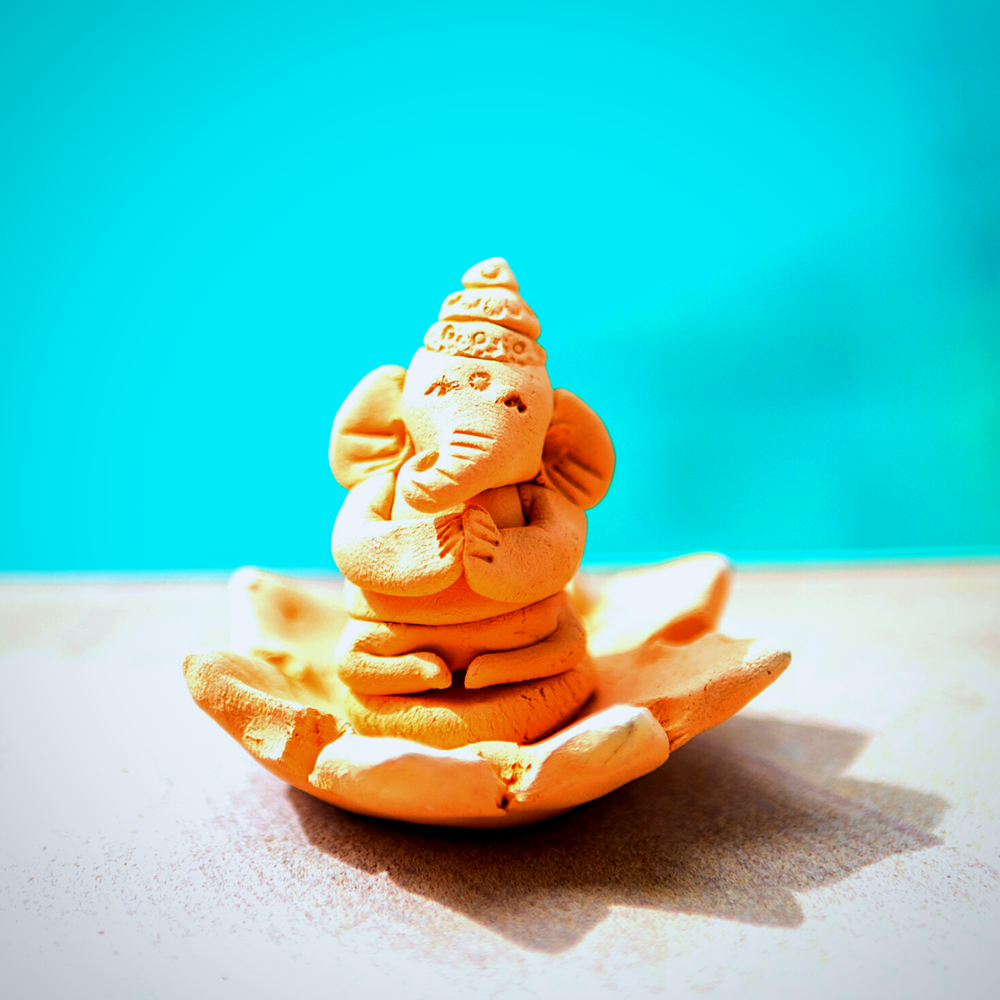Ceramics is one of the oldest and most versatile forms of art.
There are endless possibilities for what you can create with clay, from small sculptures to large-scale installations.
Sculpting with clay is a satisfying and relaxing activity that can be enjoyed by artists of all skill levels.
The best part about clay sculptures is that they are unique; no two pieces are ever exactly alike.
In this tutorial, we'll walk you through the basics of working with clay and give you some tips for creating ceramic sculptures that are sure to impress.
So, dust off your pottery tools, grab some clay, and let's get started!

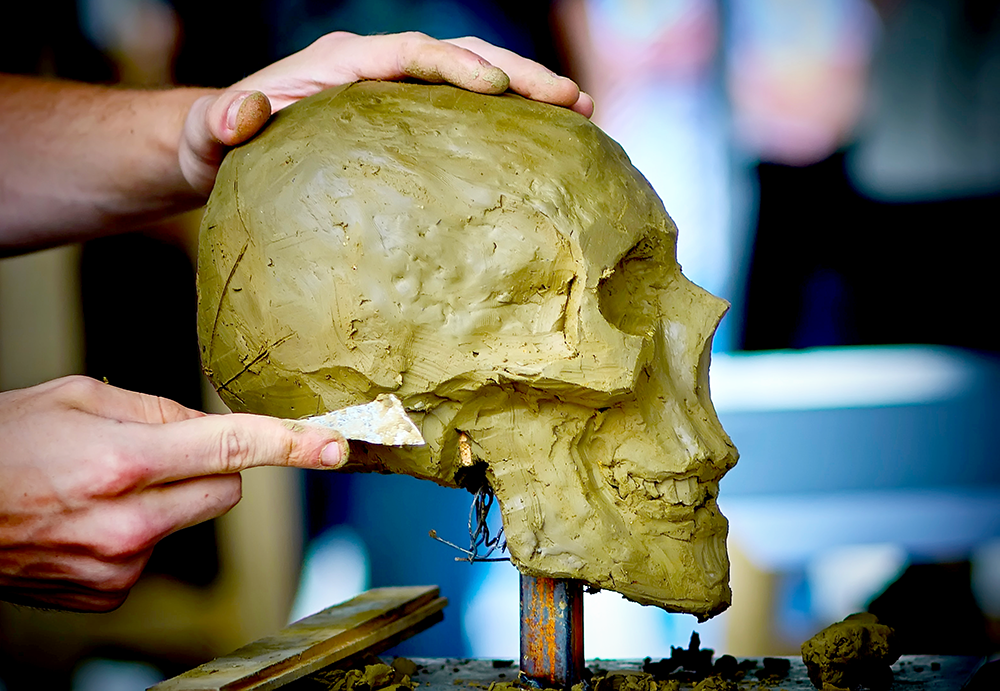

What is Ceramics?
Ceramics is the art of creating objects from clay, which is composed of minerals such as silica, alumina, and kaolin.
Clay is formed into shapes by hand-building or wheel-throwing and then fired in a kiln to harden.
Once fired, the clay is transformed into a durable material that can be used for sculptures, vessels, tiles, and more.



Types of Clay
The type of clay you use for your sculpture will depend on what you are creating and the desired effect.
There are three well-known clays, including stoneware, earthenware, and porcelain.
Stoneware clay is the most common type, as it is strong and durable enough to be used for functional pieces.
Artists often use it as a pottery clay.
Earthenware clay is more porous and fragile, making it ideal for decorative sculptures.
Earthenware clays can be used for clay modeling and creating clay figures.
Finally, porcelain clay, like ball clay, is the most delicate but also the finest and most refined, making it perfect for finely detailed sculpture clay projects.
Porcelain has very few mineral impurities and it is a great medium for fine details.
Other types of clay include water-based clay, oil-based clay, air dry clay, polymer clay, epoxy clay, paper clay, terracotta, and more.
Plus, China features one of the ancient Cultural Heritage sites, holding thousands of Terracotta Warriors.
Each of these sculpting clays has its strengths and weaknesses, so be sure to do your research before beginning your project.
For example, unlike water-based clay, oil-based sculpting clay remain malleable for a much longer period of time.
If you want a test clay, air-dry clay is a great option as a great sculpting material for beginners, so you can experiment with your design without having to worry about time constraints.
If you want a soft clay, paper clay is a great option as it has a fine, smooth texture and strong structure.
Know that polymer clay hardens permanently when baked, so make sure it looks the way you want.
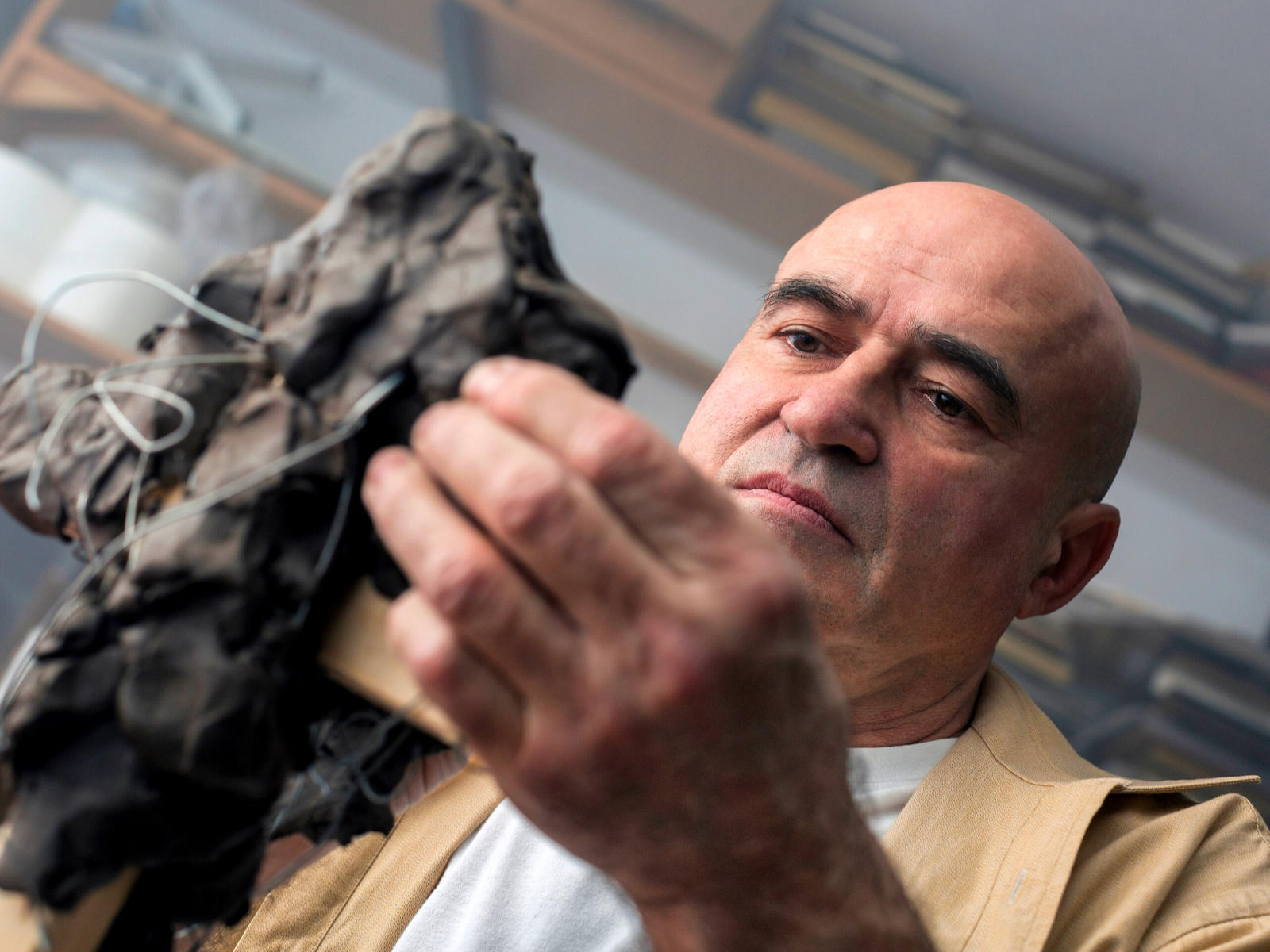

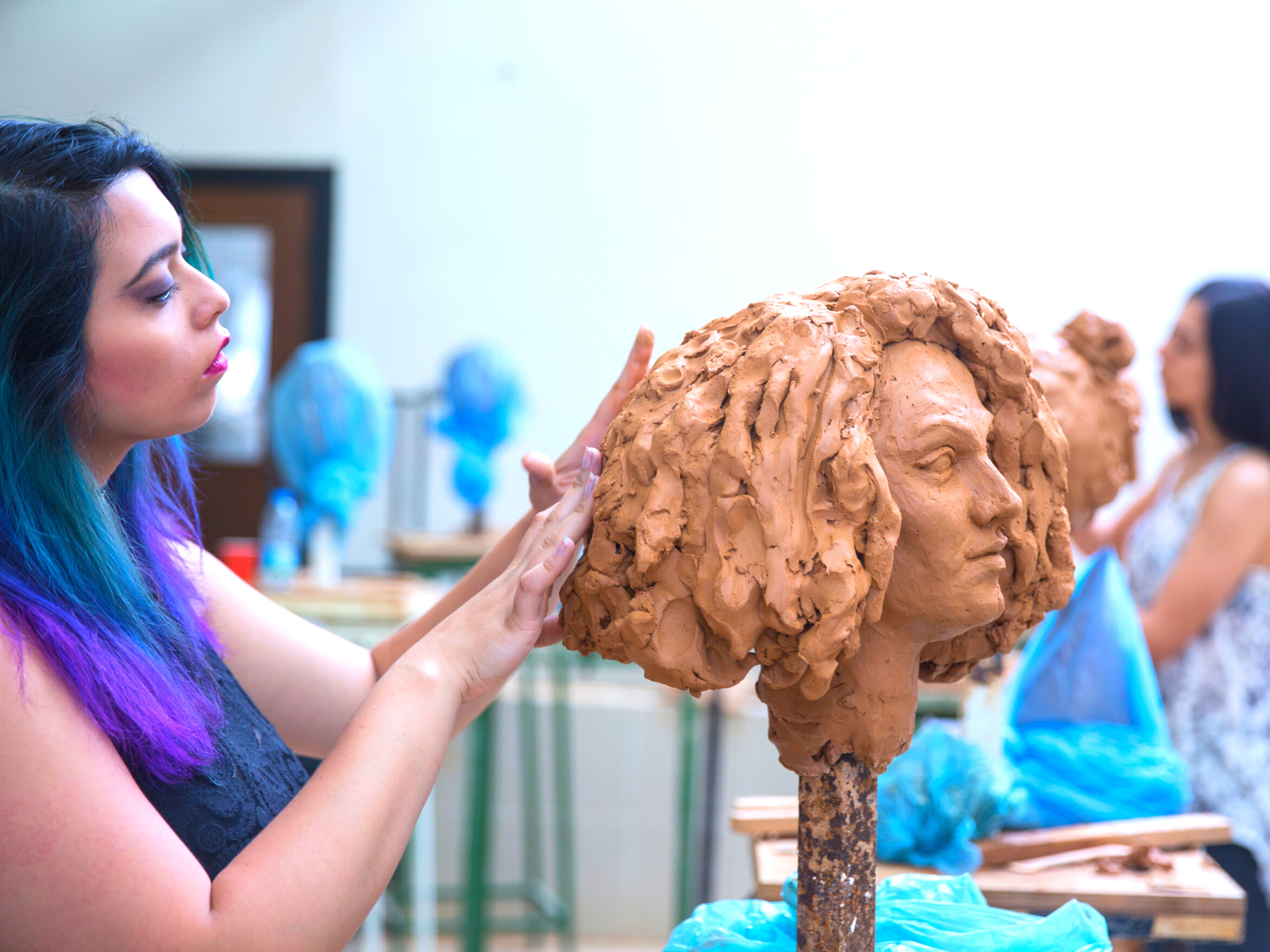
Tools for Working with Clay
When working with and sculpting clay, you'll benefit from a few basic tools.
The first is a rolling pin, which will allow you to roll out the clay into even sheets.
You'll also need sculpting tools, such as knives and chisels, to carve designs into the clay.
Other useful tools include a pottery wheel for wheel-throwing, a damp sponge, and a rib for smoothing the clay surface.
You'll also need a kiln to fire the clay or an oven if you're using oven-bake clay.
Paint and glazes can be used to add color and texture to your sculpture.
If you use paint, you'll want to use a clear sealant to protect your sculpture from the elements.
No matter what other tools you have, you'll want a clean work surface to use for sculpting.
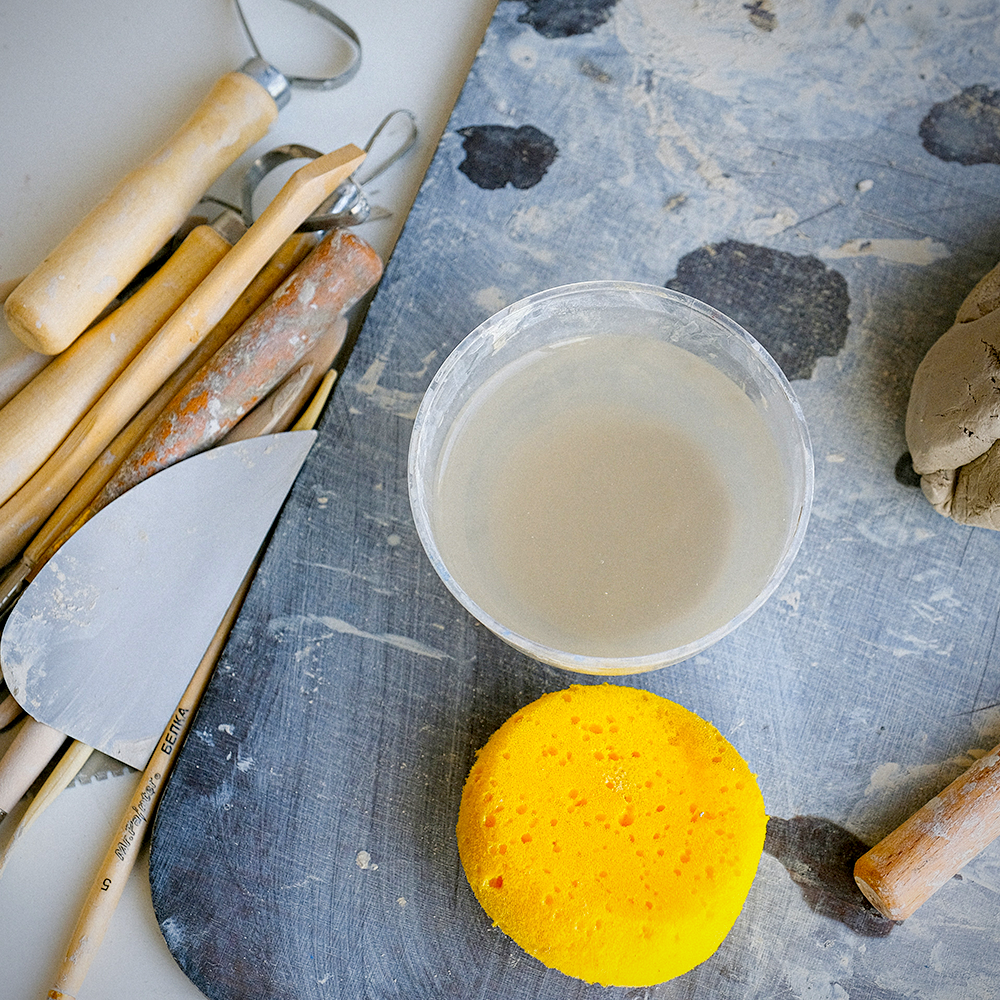
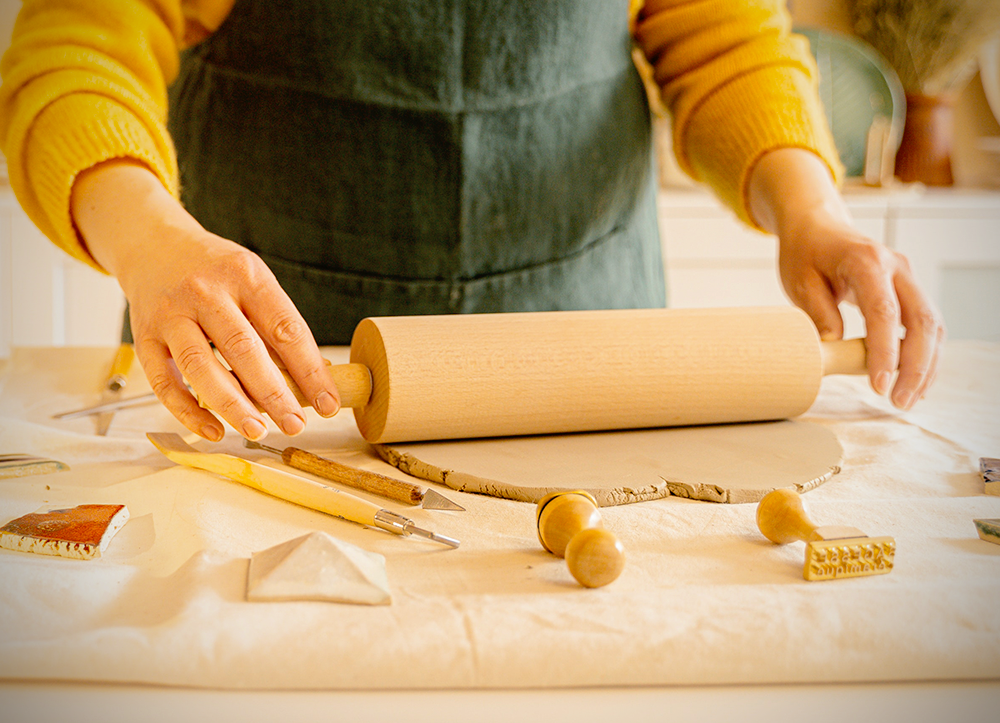

Sculpting with Clay
Now that you have all the tools you need, it's time to start creating and clay sculpting.
When sculpting with clay, you'll want to focus on the basic shapes and forms that will be used as the foundation of your sculpture.
Start by wedging and preparing your ceramic clay.
Once you have prepped your clay, you can implement a variety of sculpting techniques.
You can then roll out a piece of clay into a flat sheet or slab.
Slab building is a great way to quickly make objects like tiles, plates, and bowls.
Coils and pinch pots can also be used to create simple vessels.
Once you have the basic shape of your sculpture, you can use sculpting tools to refine it.
These pottery tools can be used to cut out the desired shapes and forms or used to add texture to the surface.
You can also use your hands to shape the clay into desired shapes, or you can build up the sculpture by stacking layers of clay and using molds.
When you are happy with your sculpture, you'll want to let it dry completely before bisque firing your clay sculpture.
Once it has dried, you can fire it in the kiln or bake it in an oven.
After firing, your sculpture will be ready for you to paint and glaze or simply enjoy it as is.
You can even use kintsugi to enhance the beauty of broken ceramic projects.
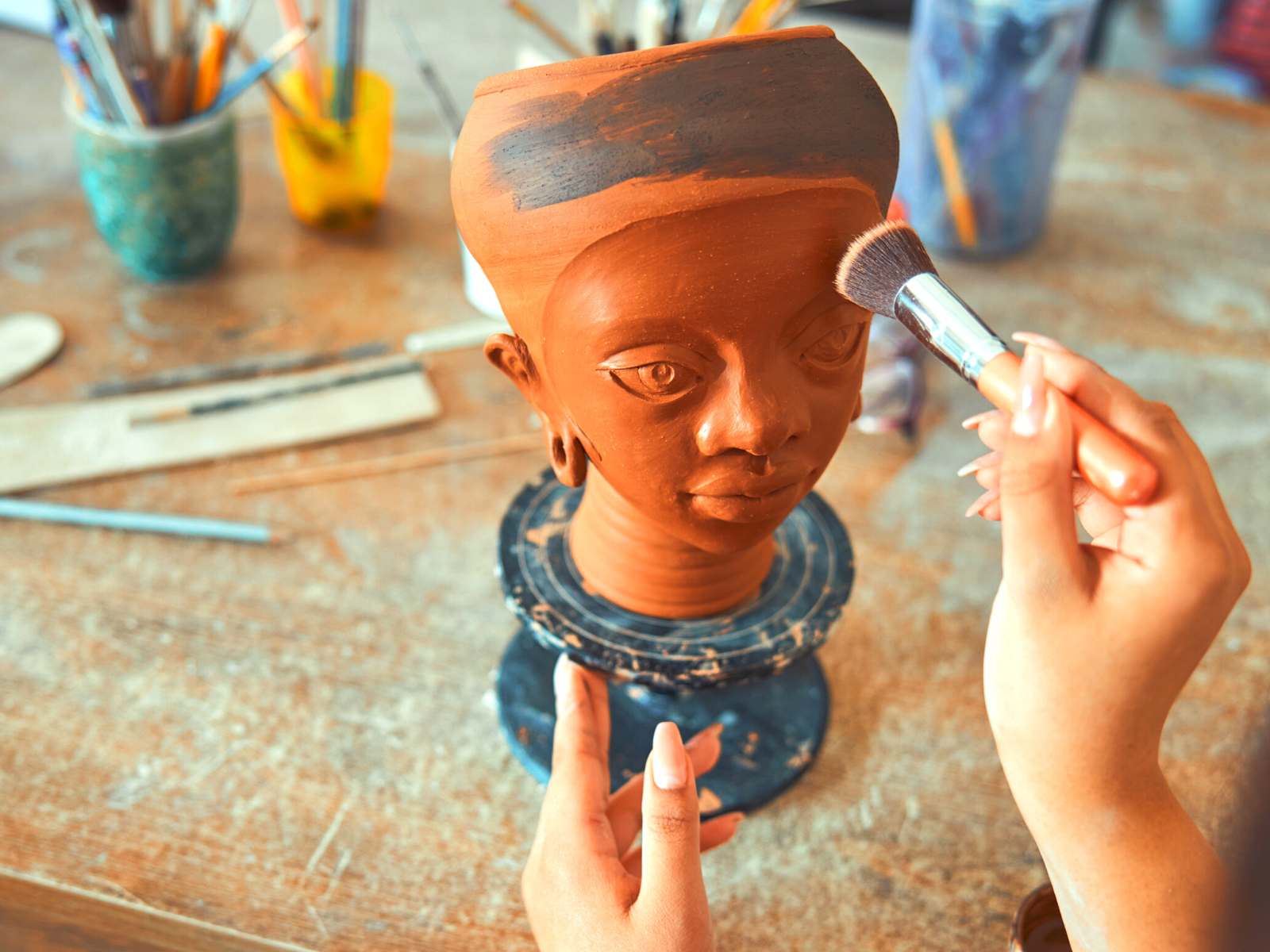
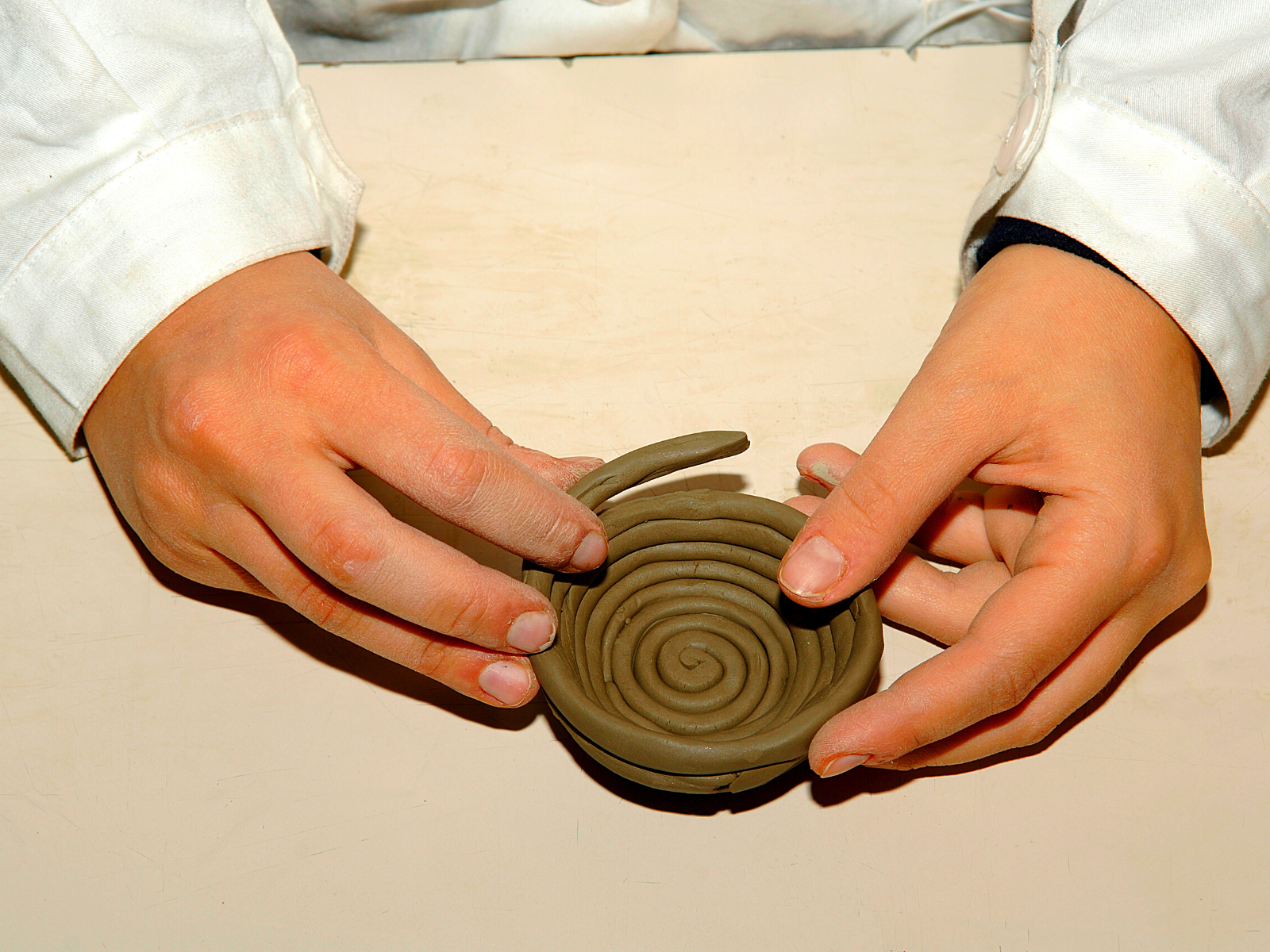
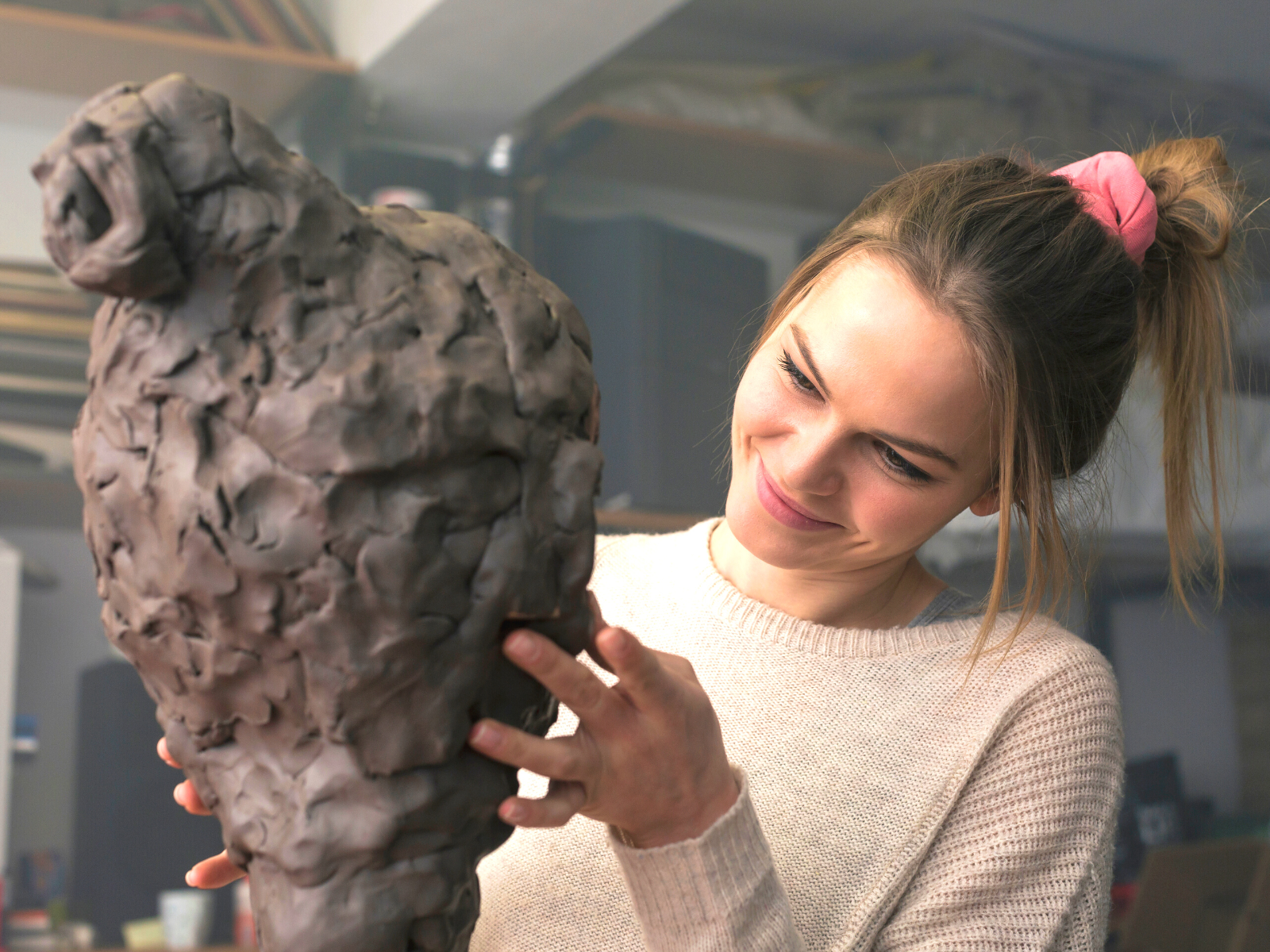
Tips for Sculpting
Working with clay can be a rewarding but also tricky endeavor.
Here are a few tips to help you create beautiful ceramic sculptures.
Start with simple shapes and get comfortable working with the clay before tackling more complex sculptures.
- Take your time and move slowly, as it can be easier to add clay than take away.
- Pay attention to details, as they will make the difference between a finished and unfinished sculpture.
- Make sure you keep your work space clean and organized, as a well-kept area will help make sculpting easier.
- Experiment with different shapes, textures, and colors to add more interest to your sculpture.
- Play with different tools and types of clay to find what works best for you.
- Practice patience and allow yourself to enjoy the process of sculpting. By taking your time and savoring the moment, you'll produce a much better sculpture.
- Remember that mistakes are part of the process and imperfections can even add character to your work.
- Finally, always remember to have fun while creating your art!
Working with clay can be a calming and enjoyable experience.
With practice, you'll gain confidence in your sculpting skills and be able to create amazing works of art.


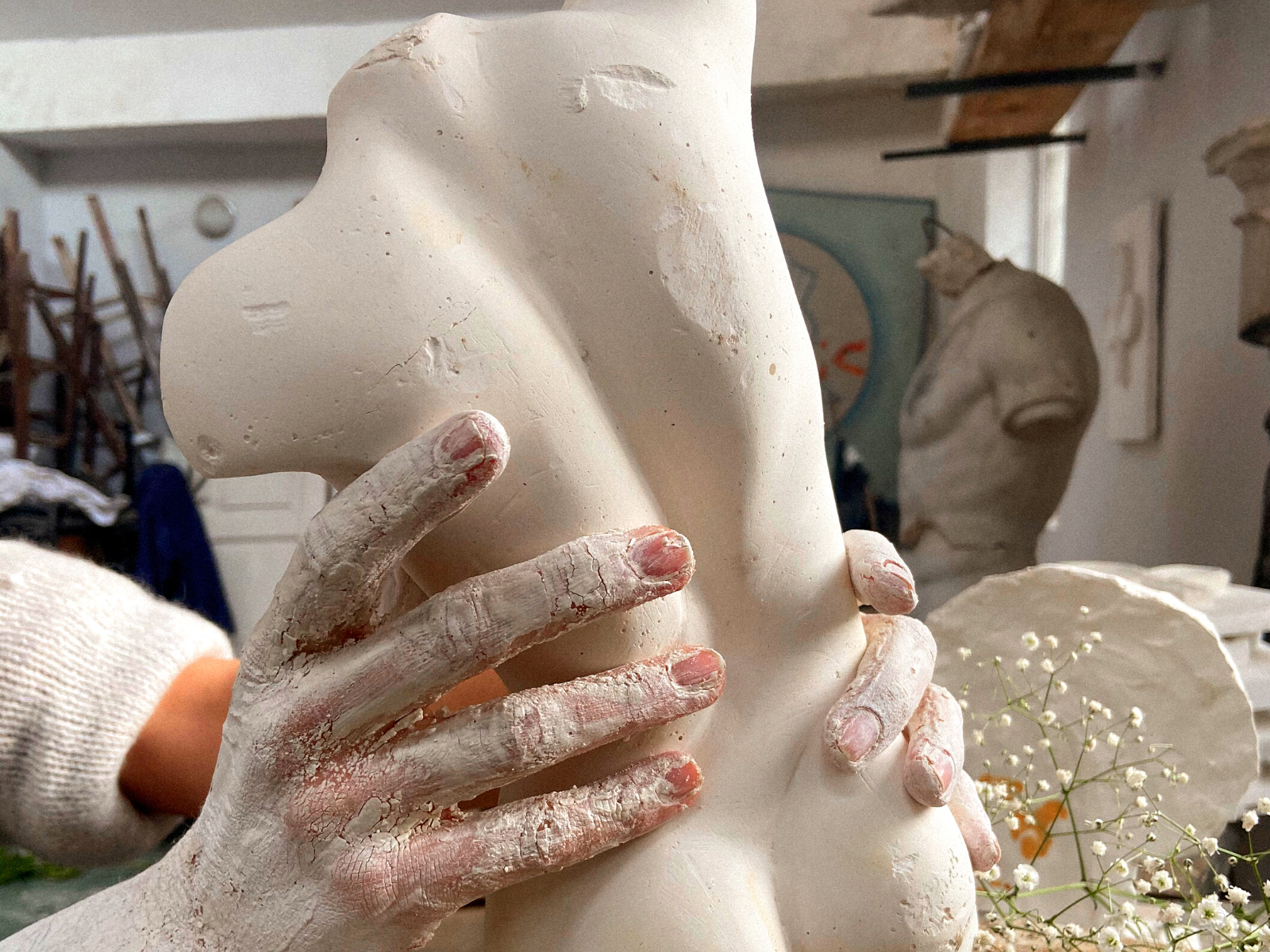
Creating Clay Sculptures
Creating ceramic sculptures is a rewarding and relaxing activity that can be enjoyed by artists of all experience levels.
By gathering the right tools and understanding the sculpting process, you can create beautiful works of art out of clay.
The key to successful sculpting is patience, practice, and enjoying the process of creating.
If you follow these tips, you'll be sure to create some stunning sculptures.
With time and dedication, you'll be making amazing sculptures in no time!
Good luck with your sculpting journey!
Have fun and remember to enjoy the creative process!
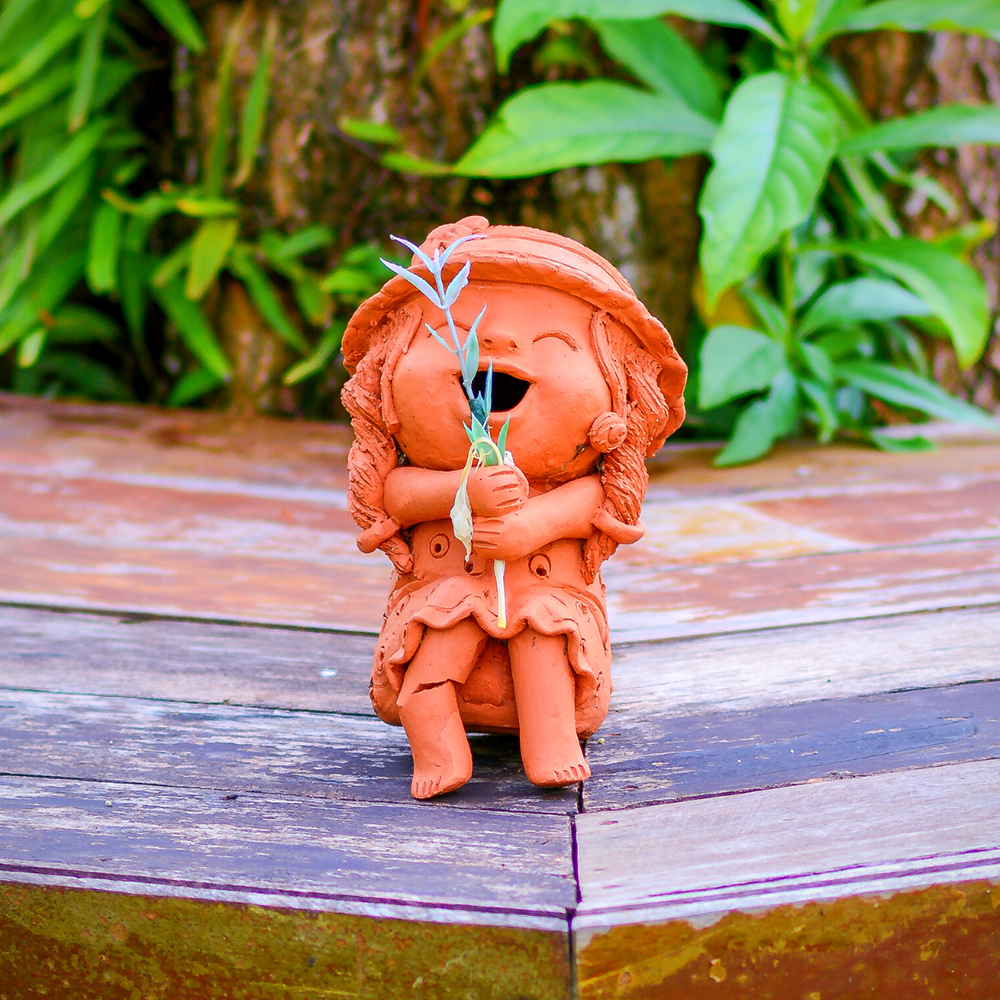
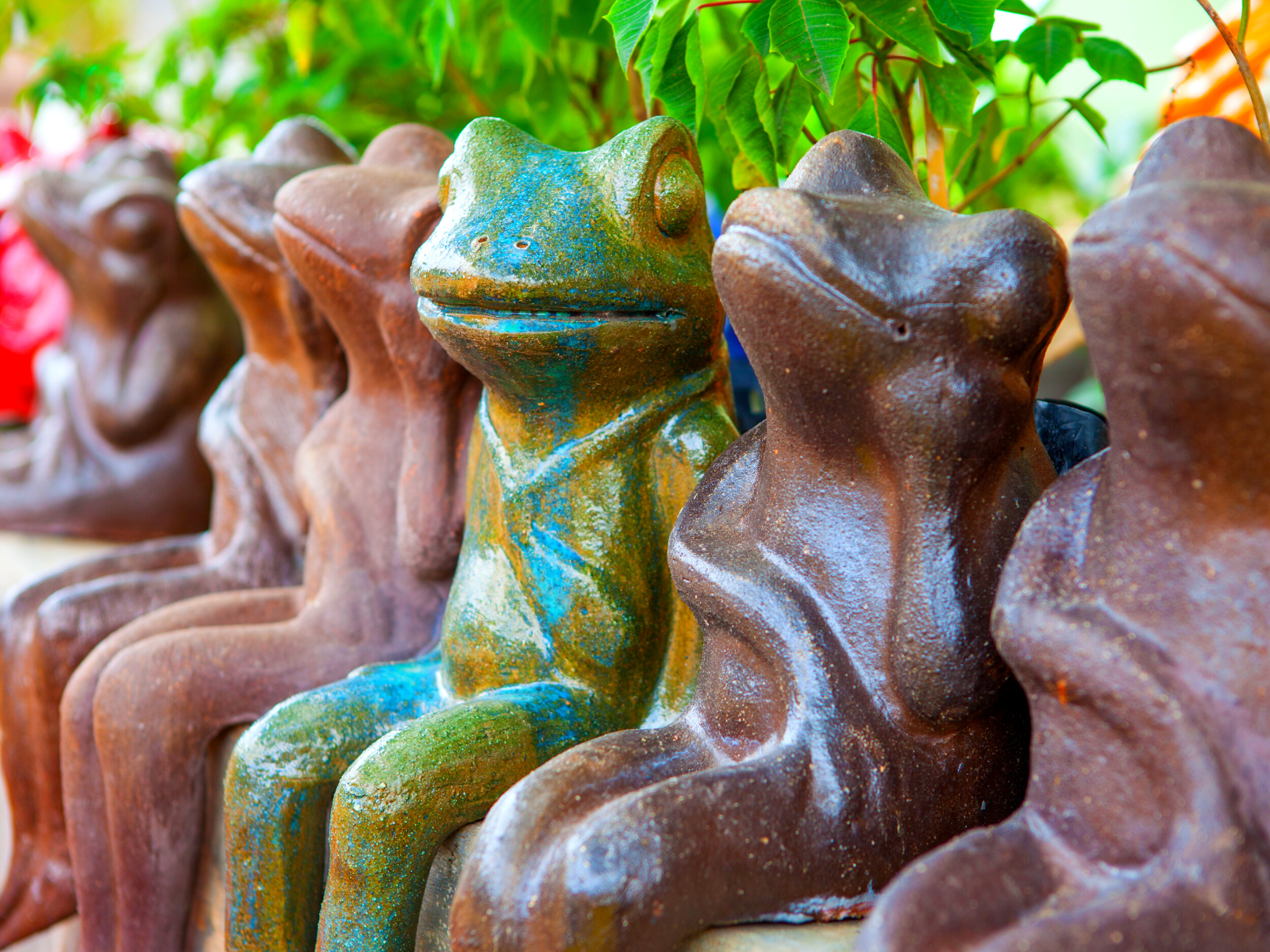
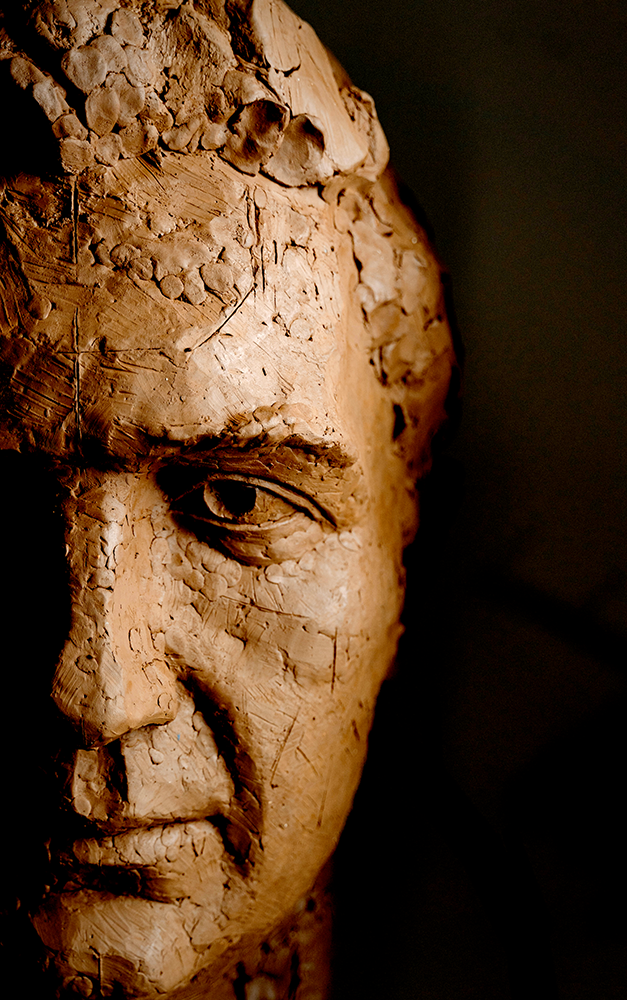
Want to learn more about making ceramic sculptures? Check out Proko's video!
Want even more content about creativity and art?
Be sure to check out all of our creative chronicles!
Love pottery and working with clay?
Check out some of our other ceramic articles:
